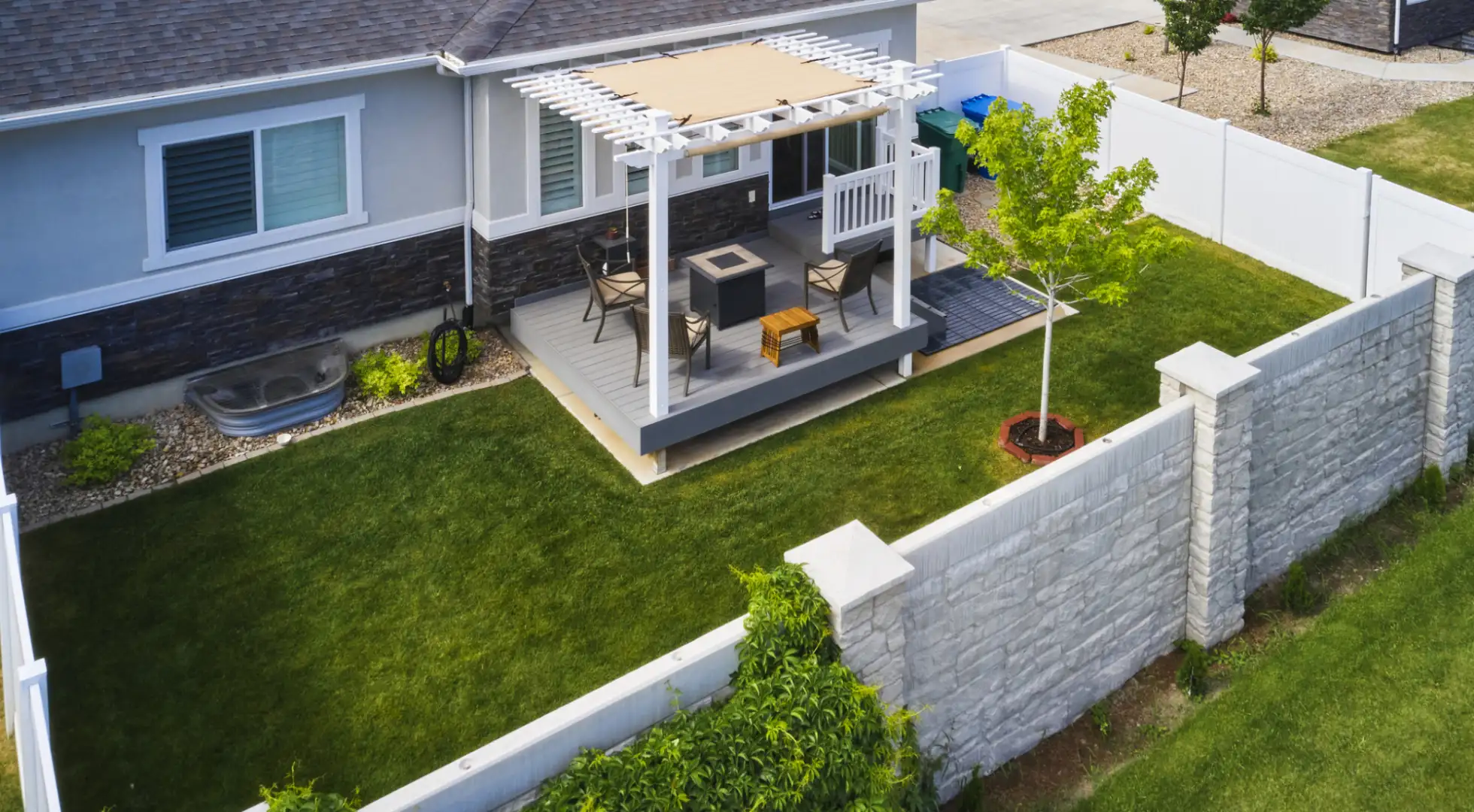8 Surprising Conventional Loan Drawbacks You Might Not Know About

Conventional loans – ones that follow the lending standards set by Fannie Mae and Freddie Mac – make up the lion's share of the mortgage market. Many people consider them the gold standard of lending.
But conventional loans aren't always the best choice. You may find drawbacks that affect your purchasing plans or ability to qualify.
Here are eight surprising conventional loan drawbacks and the alternatives to consider.
1. You’ll Need Private Mortgage Insurance With Less Than 20% Down
It’s a common myth that you need a 20% down payment to get a conventional loan. That simply isn’t true.
But if you put less than 20% down, you'll have to pay for private mortgage insurance (PMI). Because of the low down payment and lack of equity, this insurance helps protect the lender if you quit paying on the loan.
While you can sometimes get PMI for under $100 per month, it often runs far more. PMI can be a considerable expense for some buyers.
An FHA loan may be better for borrowers with a small down payment and credit score below 740. You'll pay a mortgage insurance premium (MIP) rather than for PMI, but the cost is generally less for the average borrower.
Still, the best option for those who qualify is a VA loan backed by the Department of Veterans Affairs. VA home mortgages don't require PMI or MIP and can be obtained with 0% down.
2. Conventional Loans Have Stricter Credit Score and Debt-To-Income Requirements
Conventional loan guidelines are stricter than for some government-backed mortgages. That's because lenders face a greater risk without the security provided by government backing. Low credit or high debts could keep you from qualifying for a conventional loan.
Most conventional lenders require a credit score of 620. If your credit score is at or below this level, you will probably want to consider an FHA loan instead. With an FHA-backed mortgage, you can qualify for a 3.5% down payment loan with a score as low as 580. If you have 10% down, you can even qualify with a 500 credit score.
Similarly, conventional lenders have more stringent guidelines regarding your debt-to-income ratio (DTI). Your DTI is your monthly debt obligation, including mortgage expenses for the home you're trying to buy, divided by your income. Although conventional guidelines allow as high as 50%, most lenders are looking for a DTI of 43-45%. An FHA mortgage increases the accepted DTI to 50% (56.9% in certain situations).
3. Expect Higher Interest Rates Unless You Have Top-Tier Credit
Even with stricter guidelines, conventional lenders still face an added risk without the government backing. As a result, most borrowers can expect to pay higher interest rates on conventional mortgages compared to alternatives like FHA, VA, and USDA loans.
As a rule of thumb, the lower your credit score, the more advantageous FHA rates are likely to be. On the other side of the scale, if you’re a low-risk borrower with excellent credit, it’s possible to find comparable – or even lower – rates from conventional lenders.
4. The Federal Housing Finance Agency Sets a Maximum Loan Limit
One of the most significant conventional loan drawbacks for anyone looking to purchase expensive property is that a loan limit is set by the Federal Housing Finance Agency (FHFA). Check current limits here.
Unless you live in one of the high-cost areas where larger conventional loans are permitted, a jumbo mortgage may be your best bet if you plan to borrow more than the FHFA limit. That is unless you qualify for a VA loan, which has no maximum limit beyond the amount of home you can afford to finance.
5. There’s a Longer Waiting Period if You’ve Had a Foreclosure, Bankruptcy, or Short Sale
Have you had a foreclosure, bankruptcy, or short sale (including deed-in-lieu) in the past? If you have a significant derogatory event on your credit report, you'll have to wait longer to get a conventional loan than government-backed alternatives.
Here are the conventional guidelines and alternative waiting periods for each:
Foreclosure: Conventional lenders require a waiting period of seven years after a foreclosure. FHA and USDA loans only require three years, and you’re eligible for VA loans after two.
Bankruptcy: Depending on the type of bankruptcy, you'll need to wait two to four years to qualify for a conventional loan. USDA lenders make you wait between one and three years. For FHA and VA loans, it's one to two years.
Short Sale/Deed-in-Lieu: Getting a conventional loan takes four years after a short sale or deed-in-lieu. The waiting period is three years for FHA and USDA loans. You can get a VA loan after just two years.
6. Many 3% Down Loans Are Limited To First-Time Home Buyers and Lower-Income Applicants
You can get a 3% down conventional loan like the Conventional 97 or HomeReady mortgage, but these programs are limited to first-time or lower-income homebuyers. If you don't fit into either of these categories, you'll need to put at least 5% down.
With FHA loans, you’re able to make a 3.5% down payment with no maximum income restrictions or limitations on repeat buyers. VA loans are available for 0% down without income or past homeownership restrictions, but you must qualify for a Certificate of Eligibility.
7. Larger Down Payments Are Required on Multi-Unit Properties
You'll need at least 5% down on a 2-4 unit property when using a conventional loan.
FHA lenders allow you to purchase up to four units with just 3.5% down. VA loans are available on 2-4 unit properties with no down payment at all.
8. Conventional Fixer-Upper Loans Max Out at 97% Of the Property’s After-Repair Value
Are you purchasing a home in need of repairs? There are two main conventional fixer-upper loans that allow you to finance up to 97% of the home’s completed value: the Fannie Mae HomeStyle Renovation and Freddie Mac CHOICERenovation.
If you want to borrow more, you should look at an FHA 203(k) loan. The FHA 203(k) allows you to borrow on up to 110% of the home's rehabbed value. The standard 3.5% FHA down payment is still required, but in most cases you'll be able to access more funds for your improvements.
Discover the Best Loan for Your Borrowing Needs
Even though conventional loans are considered the gold standard throughout the lending industry, there are situations where they're not always the best choice. In some scenarios, conventional loan drawbacks make government-backed alternatives like FHA, VA, and USDA mortgages far more appealing.
If you're still unsure what type of loan is best for you, or if you're ready to move forward and get started with the lending process, contact a qualified lending professional. These mortgage experts can analyze your unique situation and direct you toward the best-suited loan product.






